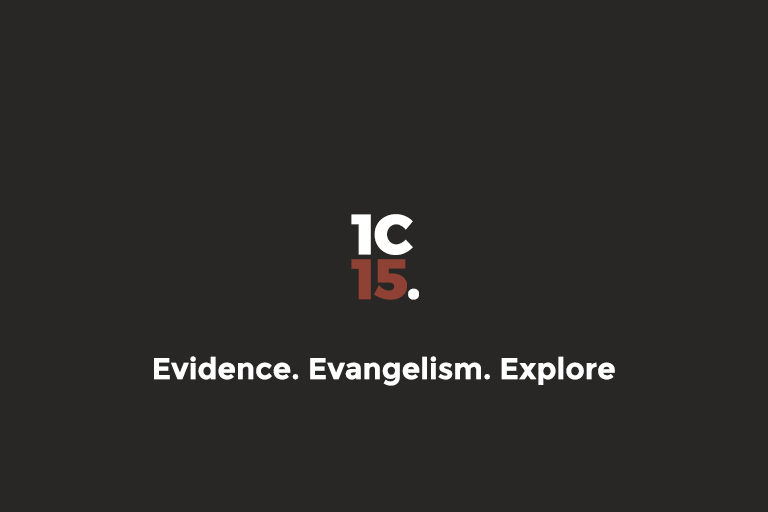Gospel of Nicodemus

This document, dated in the 4th century is actually a medieval Latin text written by the “Order of Nicodemus” Within is there is a section called “The Acts of Pilate”.
Reasons for rejection/non-inclusion
- Many documents were “claiming” to be from Pilate, some are mentioned in Justin Martyr’s (103-165AD) preserved works. Tertullian does the same in 195AD. Neither claim these to be from God
- The document is historically lost and wasn’t as valued by God’s people
- It doesn’t appear to come from the apostolic era
- Many Pilate documents were used against the body of Christians
- The copy of the Gospel of Nicodemus was believed to be written as a response to the Pagan version of the Acts of Pilate and is a historical document, not a non-based one
- It is clearly not written by Nicodemus, Pilate or anyone else from the 1st century. Epiphanius in 376AD is the first to mention this work
- Only a partial — includes just a passion narrative
Useful external attestation details
- Jesus is identified as “Son of God”, “Lord Jesus Christ”, the “Christ”
- Jesus has twelve disciples who testify on his behalf
- Virgin conception of Jesus
- Jews accusations of Jesus being illegitimate child
- Jesus’ trial, crucifixion and resurrection
- Pilate, Herod, Annas, Caiaphas, Joseph of Arimathea are all mentioned
- Pilate was reluctant to deliver the charges against Jesus
- Jesus accused of healing on the Sabbath
- Pilate’s wife warns Pilate on her dream
- Jesus was beaten and forced to wear a crown of thorns
- Jesus was crucified between two criminals
- Jesus is pierced in the side on the cross
- Jesus is given vinegar to drink with gall
- The darkness at the death of Jesus is described as an eclipse (1st century Roman historian Thallus claimed as such)
- Joseph of Arimathea acquires the body of Jesus and places Him in the tomb.
- The tomb is sealed
0 Comments